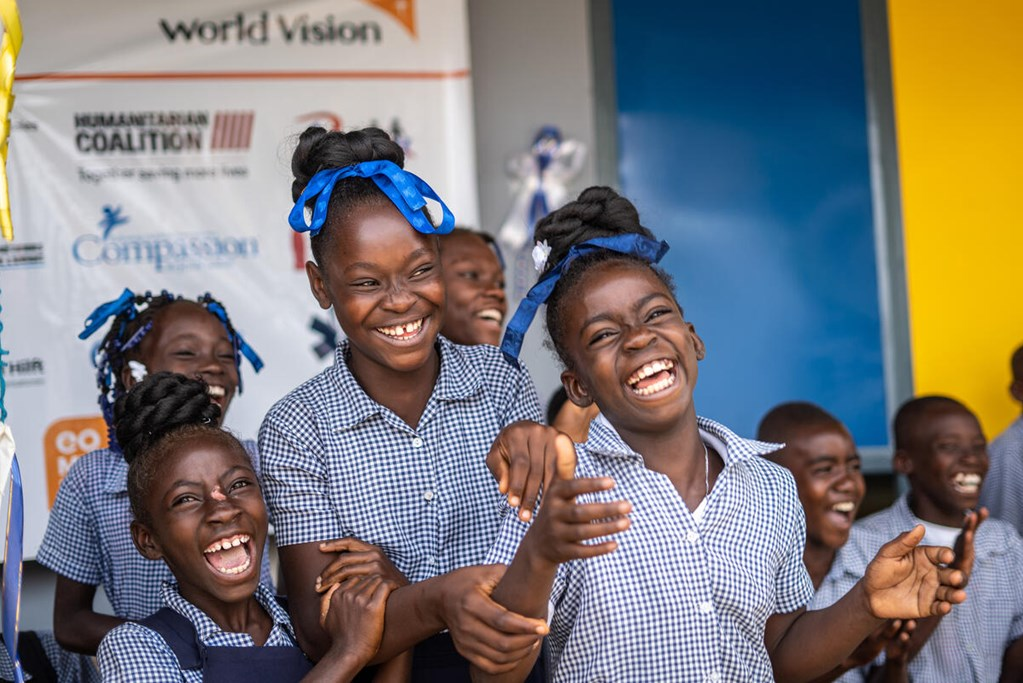Investing in children benefits the child today, enables the best future for them and gives the greatest chance of sustainable development for the entire community.
We are living in a time of two extremes, abundance and scarcity.
The impacts of combined crises are lifelong. It robs girls and boys of their potential and condemns them to a lifetime of poor health, the inability to get educated, increased exposure to violence and, all too often, robs them of their future.
New research by World Vision set out to measure the impact of Official Development Assistance (ODA) on children specifically and to quantify the social and economic benefits for children: investing $1 is expected to return $10 in benefits through health, education and other relevant direct benefits and additional social value to children and the broader community.
The report also ranked countries based on the percentage of ODA which is ‘child-specific’ and ‘child-benefiting’. Ireland performs well ahead of the average, coming in 4th out of the 44 countries assessed. Of Ireland’s total ODA, 32.6% goes towards children, 17.5% being with child-specific and 15.1% being child-benefiting. While Ireland does perform well, these global figures are stark: while children make up an average of 46% of the population in less developed countries, donors are only allocating 12% of total ODA global funding towards girls and boys.
- Only 5% of all ODA is used for programmes which directly focus on children, such as immunisation, education programming and initiatives to end violence against children.
- An additional 7% of ODA was spent on child-benefitting interventions – broader programming for communities that were not specifically focused on children but had a considerable indirect impact on them. This includes, infrastructure projects that improve access to hospitals and schools, as well as building local services and healthcare or protection systems.
Children, due to their age and position in society, are often invisible to donors when they are making funding decisions and so are more likely to be left behind by development programmes. To address this and to ensure that children are always heard and considered in policy making, at World Vision Ireland, we prioritise child participation by empowering children with the skills, knowledge, understanding and platforms to have their voices heard. We see children as agents of change and as we foster their development and advocate on their behalf, we can see the transformative impacts they can have on policy and legislation at all levels of decision making.
That governments make a minimum of a 10% increase in child-related investment each year which will demonstrate the commitment to children and have the potential to magnify that additional return on investment up to ten times. We urges governments to be accountable to children, as they have the right to participate in decisions affecting them. As the group most likely to be left behind and to feel the greatest brunt of crises, it is essential the governments commit to consulting with children and support the participation in national and global fora.
Without additional child-related ODA, the prevalence of child mortality, stunting and lack of education will persist and an opportunity to address gender inequality and reduce violence in childhood will be lost. We are dealing with an intergenerational crisis that needs extreme action to combat it. The Irish Government’s leadership is essential if the global ODA figures are to change. Prioritising ODA investment for children makes sense. Investing in children impacts more than just a single life; it creates lasting improvements to the development and welfare of children, communities, and nations. It offers value for money and is the best way to achieve donor objectives and the Sustainable Development Goals.
